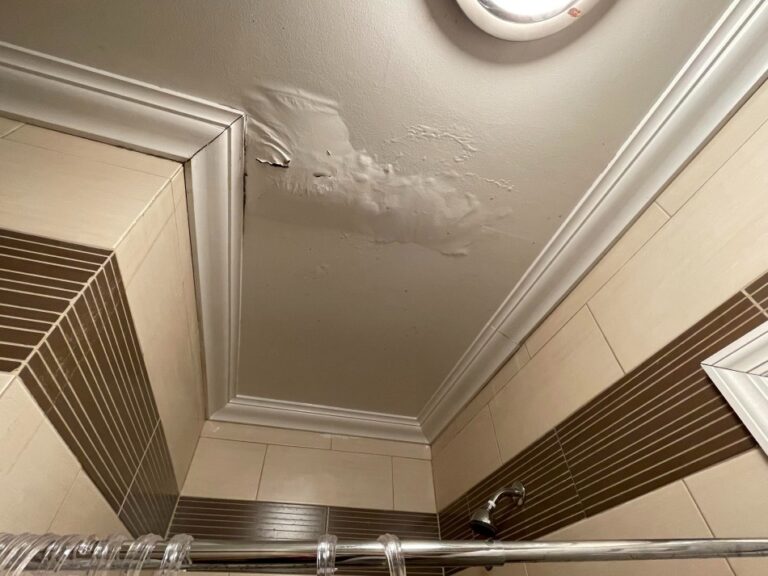To be suitable to make well- informed opinions, you need to be familiar with all aspects, similar as plumbing, flooring, and electrical wiring, whether you buy apre-built home or make one yourself. A drainage system is an essential element of any house. This is due to the fact that every hearthstone generates wastewater that needs to be removed. It’s the drainage system comprising pipes, fittings, and accessories that carry the ménage sewage, rainwater, or artificial effluent to external seamster or point of discharge.
What’s the ideal of drainage?
Imagine a script in which your home’s wastewater can not flow. What will chance? Wastewater and dirt will be each over the place. As a result, the drainage system is in place to insure that wastewater does n’t clog the main seamster line by transporting unused water from institutions like toilets, bathtubs, and sinks. A drainage system aims to cover structure, reduce damage caused by water, and insure the well- being of the terrain and its occupants by turning rainwater, wastewater, and other liquids down from shells and structures. What are the benefits of drainage?
prevents complaint spread The drainage stops the spread of conditions by safely transferring the wastewater from your home to the main seamster. Malaria, filariasis, and unheroic fever are all averted from spreading by mosquitoes and conditions caused by water if there’s acceptable drainage. Prevents cataracts
The drainage channels the used redundant water from the residences. This redundant water can come from colorful sources similar as heavy downfall, melting snow, or indeed localized flooding from near bodies of water. Without proper drainage channels, this water can accumulate, leading to flooding.
Reduces structure damage
The drainage system collects and channels rainwater, runoff, and other forms of redundant water down from near roads, islands, and other critical structure. Without proper drainage, water can accumulate, and beget a variety of problems like flooding and soil corrosion. The weight of standing water can beget the ground to settle, which can damage roads, sidewalks, and structures. By efficiently collecting and channelizing water down from structure, drainage systems help to help these problems.
Accumulation of high- value food crops Drainage systems manage redundant water effectively, keeping it from erecting up and washing down soil patches, thereby reducing soil corrosion. By controlling the inflow of water, drainage channels help maintain soil stability and help corrosion, conserving the integrity of the land. Since the drainage system stops soil corrosion, it helps ameliorate the quality of nutrients in the soil, performing in high- value food crop growth. It has an effect on growers’ profitable substance in turn. minimizes soil loss To effectively control redundant water runoff and reduce soil corrosion, a drainage system designed well is essential. By channelizing downfall down from vulnerable areas and directing it towards designated outlets similar as aqueducts or budgets, drainage systems help the accumulation of water on the soil face, which is a significant contributor to corrosion. By controlling the inflow and haste of water, these systems minimize the threat of soil patches being dislodged and carried down by runoff, therefore conserving the integrity of the soil structure. also, by maintaining optimal soil humidity situations, drainage systems promote healthy root growth, stabilizing the soil and reducing corrosion threat. By controlling the inflow of water and precluding inordinate runoff, an acceptable drainage system manages soil corrosion effectively and protects agrarian productivity and environmental sustainability. Steps Installation process of drainage system
Having a new drainage system installed can feel daunting, but understanding the process can ease your mind. Then’s a brief breakdown
Preparation
Marking the layout Just like on a treasure chart, experts need to mark where pipes, channels, and other corridor are going to be. Clearing the area Like preparing a theater bed, the designated area should be cleared of foliage and debris for smooth installation.
The “ plumbing work ”
Trenching fosses are the neat pathways for installing the drainage pipes or channels dug in the land. Trenching is the process of digging these pathways. Pipe Installation Like connecting mystification pieces, the pipes should be joined according to the design.
Clay and fabric layers The pipes should also be wrapped in a special “ mask ” of clay and fabric for protection and drainage effectiveness.
Final touches
Connecting to being rainspouts Your new system should also be intermingled with your being drainage network.
Testing and adaptations After connecting to the rainspouts that are formerly in place, the system should be tested to see if the water flows easily. Finishing traces The area should be restored, leaving minimum dislocation to your geography.
Flash back
Professional supervision Trained professionals should handle the entire process, icing safety and quality.
Communication is vital Ask questions and stay informed throughout the installation.
Relax and enjoy With the experts taking care of everything, you can concentrate on the peace of mind a well- performing drainage system brings!




